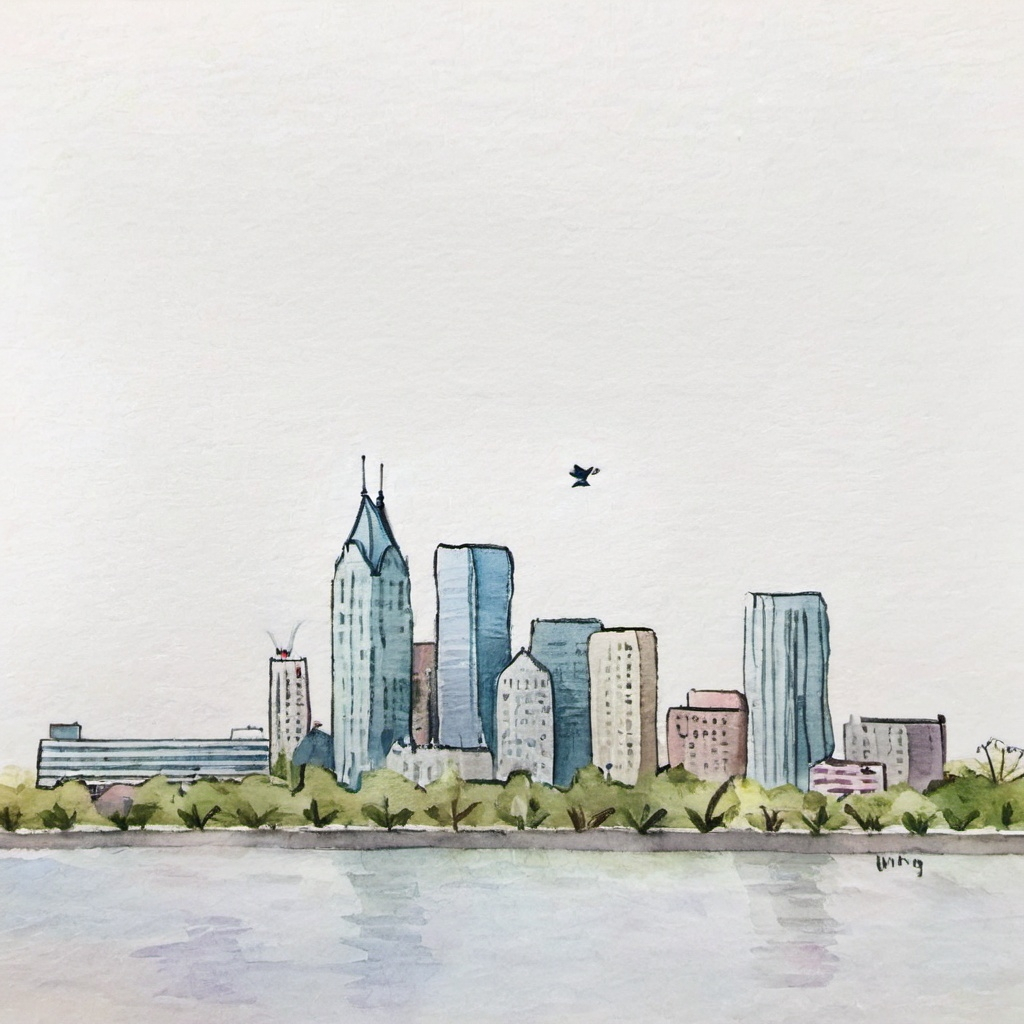Essential Bird Watching Locations in Winnipeg

Winnipeg offers a variety of prime locations for bird watching enthusiasts. These sites feature diverse habitats, including wetlands and forests, which attract numerous bird species, making them ideal for both casual and serious birders.
Assiniboine Park and Forest
Assiniboine Park is a major destination for nature lovers. The park’s extensive trails wind through landscaped gardens and natural areas along the Assiniboine River.
Birdwatchers can spot species such as sparrows, ducks, and various songbirds in both the park and the adjacent Assiniboine Forest. The forest provides a rich habitat with a mix of trees and underbrush, enhancing birding experiences throughout the seasons.
There are designated birding areas where visitors can observe the local wildlife without disturbance. The serene environment makes it suitable for photography and quiet observation, especially during migrations.
Fort Whyte Alive
Fort Whyte Alive is a unique urban oasis dedicated to environmental education and conservation. It features wetlands, woodlands, and prairies, creating diverse habitats that attract many bird species.
Birders will find opportunities to see waterfowl, including geese and ducks, along with migratory birds during the spring and fall seasons. The extensive network of trails allows for easy exploration, with lookout points positioned for optimal viewing.
Programs and guided bird walks are often available, enhancing the experience with knowledgeable insights into the local avian population. This creates an engaging environment for both novice and seasoned bird watchers.
Oak Hammock Marsh
Oak Hammock Marsh is a designated wildlife management area just outside Winnipeg, renowned for its unique wetland ecosystem. It is one of the best birding spots in the region.
The marsh is home to a variety of waterfowl, shorebirds, and songbirds, making it a favorite among birdwatchers. Visitors can expect to see species such as mallards, herons, and different migratory birds depending on the season.
A visitor center provides educational resources, and well-maintained trails enhance accessibility. There are observation towers that offer stunning views for birding, increasing the chance to spot elusive species in their natural habitats.
Habitats and Wildlife of Manitoba

Manitoba’s diverse ecosystems offer rich habitats for a wide variety of wildlife, making it a prime destination for bird watchers and nature lovers. The province features tall-grass prairies, riverine landscapes, and urban forests, each supporting unique species.
Tall-Grass Prairies and Wetland Ecosystems
Tall-grass prairies are a crucial habitat in Manitoba, providing nesting grounds for many bird species, including waterfowl and shorebirds. These areas are characterized by their rich grasses, wildflowers, and seasonal wetlands.
The prairies attract various migratory birds, such as American white pelicans and geese, during migration seasons. Wetlands within this ecosystem are vital for breeding and feeding, supporting aquatic life that sustains the entire food chain.
With careful conservation, these ecosystems continue to thrive, offering bird watchers a glimpse of nature’s beauty. Areas like the Tall Grass Prairie Preserve near Winnipeg preserve this important habitat.
Riverine Landscapes and Hiking Trails
The Seine River and Red River create lush riverine landscapes that are essential for local biodiversity. These waterways support various bird species, including migratory songbirds and raptors.
Hiking trails such as the Seine River Greenway offer unique opportunities for birding along the riverbanks. This trail features a mix of forested areas and open spaces, where birders can spot kingfishers and warblers.
The interconnected waterways also provide critical habitat for fish and other wildlife, further enhancing the area’s ecological value. Observing these habitats along the hiking trails allows for a rewarding outdoor experience.
Urban Forest and Greenways
Urban areas like Winnipeg are home to rich greenways and urban forests, such as FortWhyte Alive and Assiniboine Forest. These locations create an oasis for birds in the city, hosting a variety of species amid natural landscapes.
The urban forest trails provide essential habitats for nesting birds and offer feeding grounds for songbirds and other wildlife. Bird watchers might encounter species such as cardinals, sparrows, and various woodpeckers while exploring these trails.
Moreover, conservation efforts in urban settings help to maintain biodiversity within these landscapes, ensuring that residents can experience nature close to home. These green spaces serve as vital corridors for wildlife in urban environments.
Planning Your Bird Watching Adventure
Successful bird watching requires careful planning to maximize sightings and ensure a fulfilling experience. Understanding seasonal patterns and preparing the right equipment are crucial steps.
Seasonal Considerations and Target Species
Seasonality greatly influences bird activity and diversity. Spring and early summer are prime times for observing migratory songbirds. These include species like warblers and sparrows, which often populate hotspots around Winnipeg.
Fall migration offers opportunities to see different species, including raptors like hawks and eagles. Winter brings unique challenges but can reveal birds like the great grey owl.
Birders should consult resources such as eBird for real-time data on sightings and local checklists to assess the current species present. Tools like trip reports from fellow birders can provide firsthand accounts of recent observations, enhancing the planning process.
Equipment and Resources
Preparation is key for a successful bird watching trip. Essential equipment includes binoculars, a notebook for observations, and a camera for photos. Binoculars with a magnification of 8×42 are recommended for their balance between field of view and detail.
Utilizing trail maps and driving directions will help navigate to prime birding locations. Online platforms, such as Environment Canada, offer detailed information about local species and habitats.
Birders should consider mobile apps that provide checklists and identification tools, aiding in species recognition on the spot. Joining local birding groups can also enhance their experience, providing access to shared reviews and organized excursions.
Share this content:
